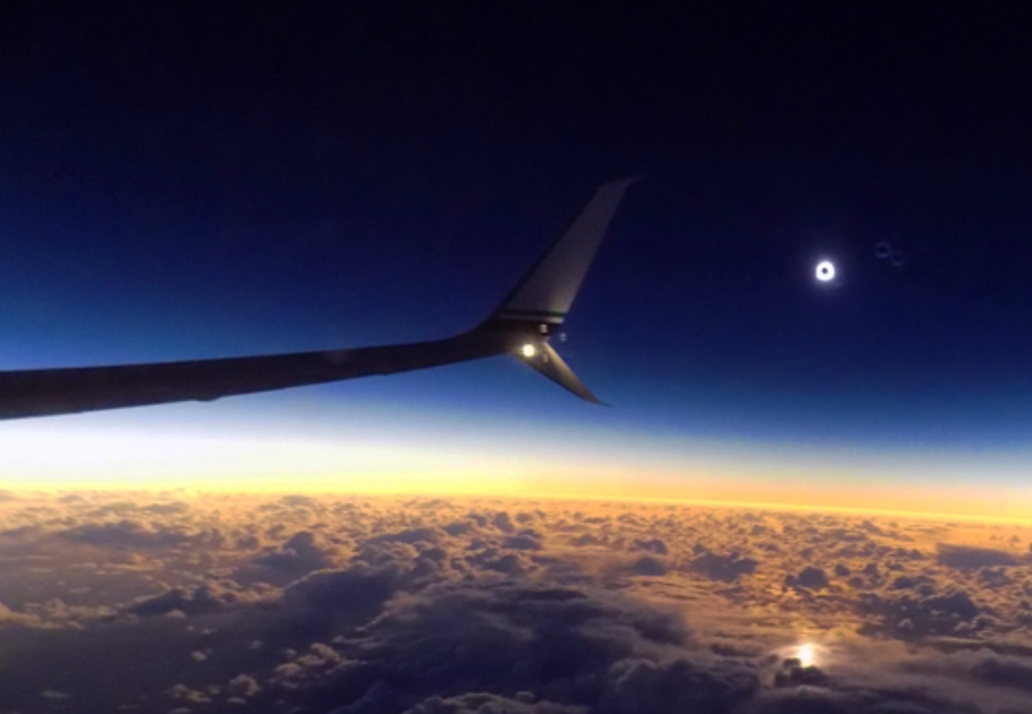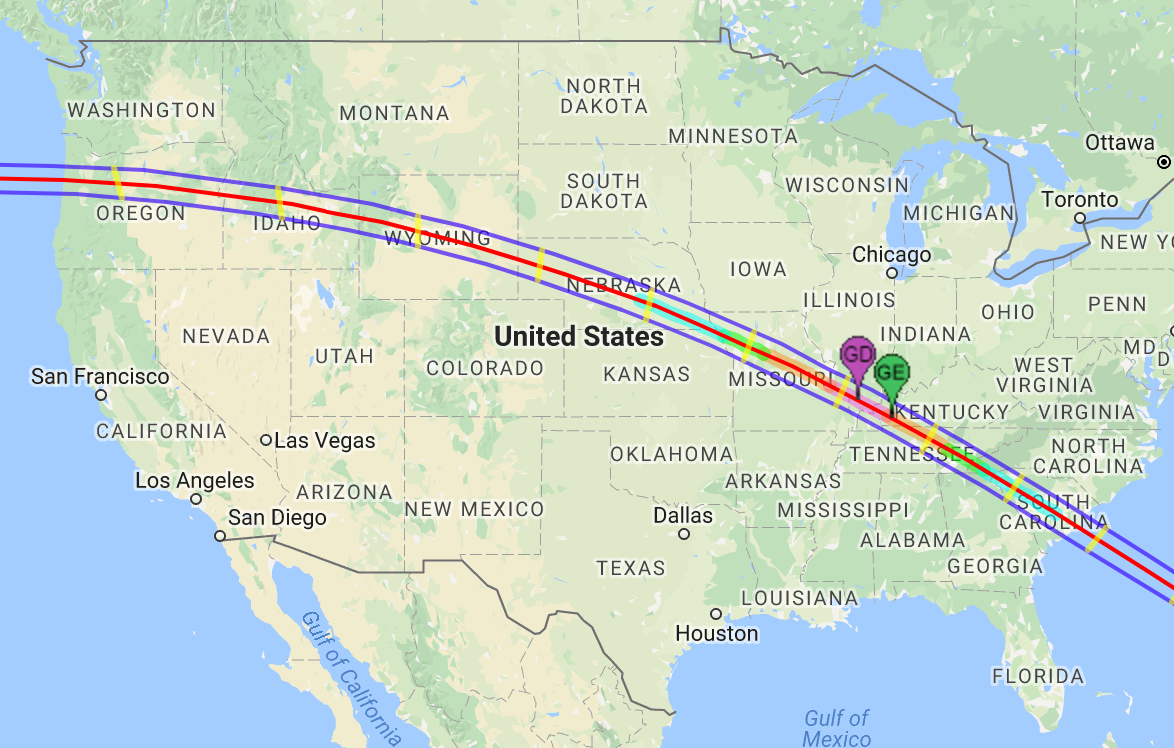
The total solar eclipse that will take place across the U.S. on August 21 is having a significant impact on general aviation. In Oregon, GA airports in the path of totality already are reporting that they are fully booked up for the event. Pilots will be camping out with their airplanes, beer gardens are planned and car rentals are hard to find and expensive. “We actually are getting requests from people down in California, Idaho, Washington, people flying in to go see the eclipse here,” Ron Peters, who manages the fuel facility at Salem Airport, in Oregon, told KHOU News. “We’re the first major airport in the line of totality.” One San Francisco area flying club told AVweb that more than half of their 50 airplanes already are scheduled to be in Oregon or Idaho for the celestial event.
In Nebraska, Diana Smith, manager of the Beatrice Municipal Airport, told the Nebraska Radio Network she’s heard from pilots across the country who want to fly in for the eclipse. “I would say it will probably be the [most traffic] that we’ve seen at one time, especially since everybody will be coming in all at once,” she said. The airport will close its diagonal runway to park the overflow of aircraft. The airlines also are making the most of the rare event. Southwest is promoting its five scheduled flights that will cross the path of totality, and promises special viewing glasses and “cosmic cocktails” to passengers. Alaska Airlines is planning an invitation-only flight that will cruise off the coast of Oregon, to catch the first glimpse of the eclipse as it approaches the U.S. The flight is not commercially bookable, but Alaska Airlines is giving away two seats in an online contest.
Airplanes also will be used to study the rare event for science. NASA will launch two retrofitted WB-57F jets from Boulder, Colorado, to chase the eclipse across the country. Taking observations from twin telescopes mounted on the noses of the planes, the pilots will capture the clearest images of the Sun’s outer atmosphere — the corona — to date, and the first-ever thermal images of Mercury. NASA also is coordinating the launch of 57 high-altitude balloons by students across the country. The balloons will ascend to 100,000 feet within the path of totality and stream live video of the eclipse to anyone on the internet.



































